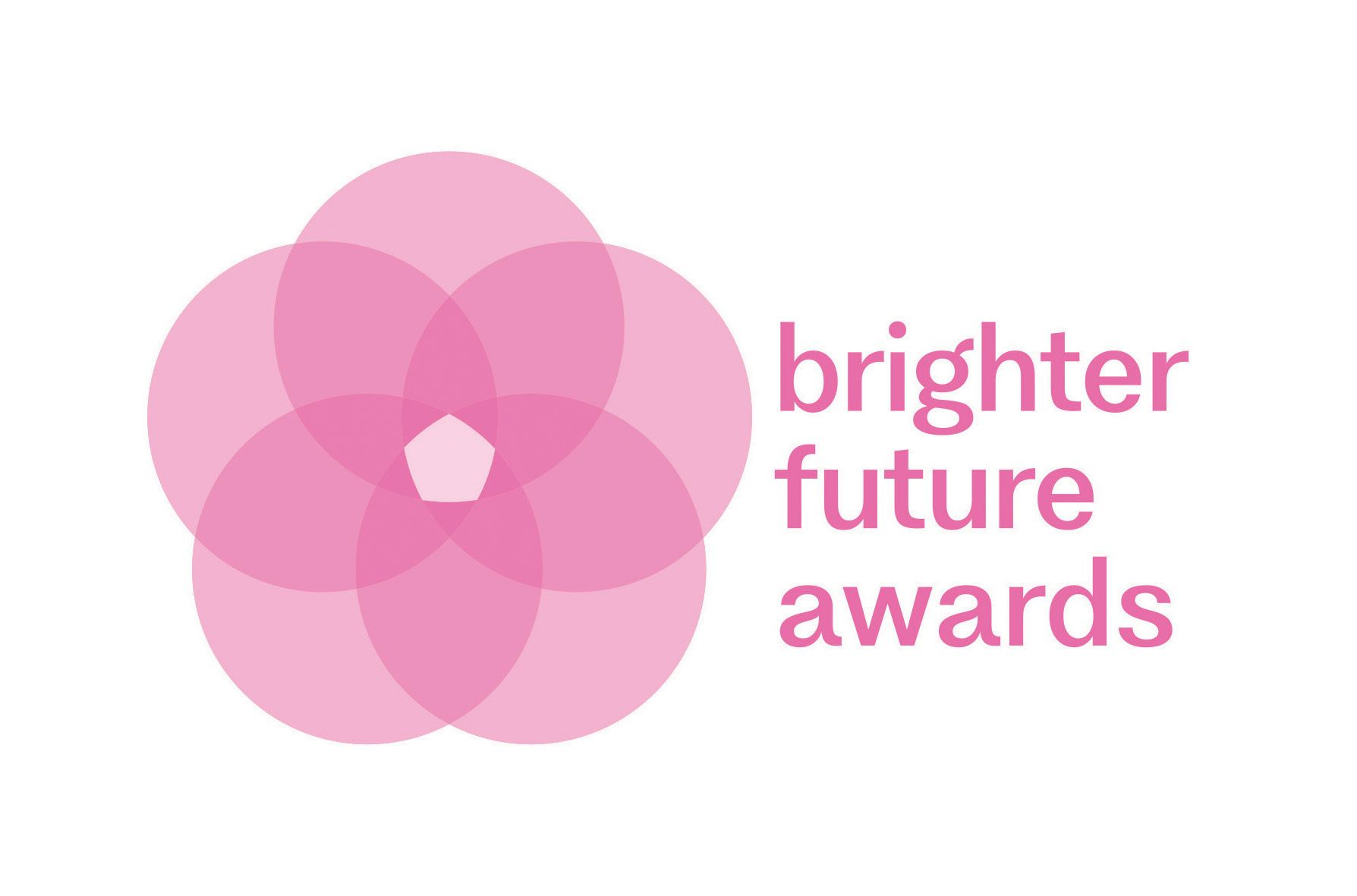Meet our new ahi: Directors
As our Institute evolves, so do our people and, in the final months of 2023, we were privileged to introduce two new faces to the ahi: Board of Directors: Jess Karlsson and Adell Hyslop. Let's get to know them a bit better.
JESS KARLSSON
Jess Karlsson is the embodiment of the power of social housing to change lives.
From insecure housing in caravan parks and motels in and around various parts of Queensland to becoming CEO of a leading Aboriginal Future Fund — The Gumala Trust — she openly credits access to affordable housing through Queensland’s then Housing Commission as the launching pad that helped propel her to where she is today.
“There were times when we lived in caravan parks," says Jess about her journey. "I remember a significant amount of time in motels living with my single mother, and in interim foster care as well, which didn't always have secure housing."
“My family was on the waiting list for public housing or affordable housing for a long time," she continues. During that time, I went to about 10 different primary schools, lived in all sorts of accommodation, and it was a really scary time for a young child - even more so for the adults in the household because they had the responsibility of providing secure housing.”
"When her family finally accessed housing in Queensland’s idyllic Sunshine Coast region, it gave them the invaluable stability to get on with living."
Jess vividly describes how her housing situation (or lack of it) disrupted her schooling. But, when her family finally able accessed housing in Queensland’s idyllic Sunshine Coast region, it gave them the invaluable stability to get on with living.
“It meant security and consistency in schooling. It meant that I went to one high school for a number of years; that we didn't have to move around; there was some sense of stability and routine within the household; We even had pets that we were able to keep for the first time."
"It was a very transformative moment in my youth that highlighted the importance of having affordable, consistent and secure housing. I just wish that we had had access to it five or six years earlier.”
Jess is still in awe of the dedication and tenacity of her Mum to get them into stable housing.
"For Jess, having that type of lived experience has coloured her career."
“Amazingly, my single mother managed to get a three-by-one ground floor house on a quarter acre block with a backyard in a reasonably nice neighbourhood,” she says. “We were very lucky that we had our own yard, and I remember it had concrete floors - no carpets or tiles or anything - but, at that time in the '90s, she was only paying something like AUD$50 a week. The house was quite basic, but it was a really lovely house.”
For Jess, having that type of lived experience has coloured her career. Despite the disruptions in her school years, she earned her first degree in Exercise Physiology when she was in her 20s. After spending some time working in private and commercial fitness centres, she had what she only half-jokingly refers to as a “quarter-life crisis”. This led to her moving into the community health space.
The change in career direction quickly meant moving from her native Queensland to the Northern Territory, and later, Victoria, before settling in Western Australia and working in disability, youth and outdoor recreation education.
Since 2015, Jess been a leader at registered community housing providers, culminating in her current role as CEO of The Gumala Trust where she's responsible for a range of properties under management, including social housing for the organisation’s Aboriginal members living in the Pilbara.
"My role as CEO of Gumala Investments is to oversee good governance - good investments - and make sure we're finding a balance for supporting our members."
"Gumala is the oldest and largest Aboriginal Trust in Australia, and we were the first land use agreement to be entered into with a mining company,” explains Jess. “My role as CEO of Gumala Investments is to oversee good governance - good investments - and make sure we're finding a balance for supporting our members: Aboriginal people from our three language groups across the Pilbara. We're finding that balance between supporting them here today but also building a future fund in perpetuity so we can look after our members' children, and their children's children, and so on.”
Jess joined the ahi: in 2023 while leading a community housing organisation. After seeing a LinkedIn post about a Board vacancy, she decided to throw her hat in the ring: “I've studied governance and sat on many boards, and I thought that my experience - both lived and professional - could contribute to an organisation like the ahi:.”
As a newly minted member of the ahi: Board, it’s not surprising to find Jess is almost evangelical about the benefits of membership in industry-specific professional bodies, particularly the opportunity to meet and learn from colleagues. Jess says that the recognition of housing professionals as being key to the sector, attending every networking event and engaging in professional development opportunities has enormous power.
“I think some advice I’d give my younger self would be about [the importance of] affiliation, not only with credible entities but also with the people within those entities,” she begins. “I've had the pleasure of working across many different industries, and living and working across Australia, to know there are so many opportunities to learn from other states and jurisdictions, and even more so from our counterparts in New Zealand.”
"Maintaining relationships and networks is something I probably would have dedicated more time to instead of just doing the work when I was younger."
“You can never underestimate the benefit of having a strong network in any industry,” she continues. “Maintaining relationships and networks is something I probably would have dedicated more time to instead of just doing the work when I was younger.”
As for her vision for the ahi:, Jess believes it’s time for the Institute to expand its membership offering.
“The education and the networking the :ahi currently offers is very important for housing professionals,” she states. “I think that we can broaden that and introduce new opportunities, such as international study tours or other learning and development opportunities, placements, recruitment opportunities. I think by diversifying these offerings, it will also help strengthen the Institute's financial position.”
“Additionally,” adds Jess, “I feel housing professionals should see themselves as professionals and recognise the importance of the sector in which they work. That means celebrating that label a little bit more than it is currently celebrated.”
As well as stable housing, education and life-long learning have been the other bedrocks in Jess’ career and life.
“I’ve gone back [to study] and completed my MBA and achieved multiple diplomas. Through this education, I've been successful in working my way out of living in affordable housing. I'm now a homeowner and very proud to be in that cohort in Australia."
"But I still maintain empathy for anyone living within affordable housing," she concludes, "particularly families who rely on government and community housing professionals to provide housing that is affordable. Because it's the foundation of a good life.
"Everybody, regardless of background age or any of the other variables in life, deserves to have a good life and opportunities.”
The ahi: Team congratulates Jess on her appointment to the Board.
ADELL HYSLOP
Adell Hyslop plans on wasting no time in stewarding Aboriginal cultural awareness within the ahi: to a higher level. A 15-year veteran of the community housing space, her path to membership of the ahi: and its Board goes back to her relationship with Bloom HR’s Natalie Carrington.
It started when she moved from her role in CHIA NSW and got more involved in the consultancy space. Natalie suggested Adell take a closer look at how membership of the ahi: could help her in the next phase of her housing career.
“Interestingly enough,” she says, “I really only became aware of the ahi: after I left the NSW Federation of Housing—or what was then known as CHIA NSW. Nat had mentioned the ahi: and I felt it was very much focused around the work that we were doing.”
“I happened to see that Board nominations had come up and there was an opportunity for an Aboriginal board member, so when I saw the opportunity to put forward a nomination to the board, I certainly jumped at it."
A Wodi Wodi Jerrinja and Walbunja woman, Adell's journey in Aboriginal affairs goes back to 2001, working for NSW Aboriginal Land Council. By 2006, she had become CEO of Jerrinja Local Aboriginal Land Council , managing 27 properties on a former reserve.
"Social housing for Aboriginal people [is challenging especially] when it’s social housing for Aboriginal people that are your family, where you have a connection to community."
“That was really the start of my management of social housing, which is very challenging when it's social housing for Aboriginal people," she notes. "But also, social housing for Aboriginal people that are your family, where you actually have a connection to community––you have a kinship tie to that community."
She talks at length about the issues that plagued many Aboriginal housing bodies, particularly the way in which funding would be provided, without any kind of support in how to most effectively use it.
“Back in those times, you received no support whatsoever from any government agency, or any sort of peak body for housing, to say, 'Here's the tools and resources on what's best practise in managing housing'."
"When you have properties that were built in the late '70s as part of a federal government initiative, they were handed the keys to their home and there was then no support after that."
"The Aboriginal Housing Office would provide support, as well as trying to bring houses up to standard," she continues. "But when you have properties that were built in the late '70s as part of a federal government initiative, they were handed the keys to their home and there was then no support after that––nothing about saying, 'You're responsible for rent; You're responsible for rent collection; you're responsible for property maintenance; you're responsible for paying land rates and water rates...' So, when you don't have that guidance, it's very quick to fall into a trap of not maintaining those [aspects of the property]."
"When I came on board in 2006, our properties were starting to deteriorate. There was very little money coming in from the tenants to pay for any of the outgoings or maintaining any of the properties. That was my first real eyeopener into managing social housing.”
Fast forward to 2024, and Adell has a number of objectives she wants to realise during her time on the ahi: Board. At the root of these objectives is her belief the ahi: has an exciting opportunity to bring change through creating learning and development strategies that complement the work of bodies like Northern Aboriginal and Torres Strait Indigenous Health Alliance (NATSIHA) and others in the Aboriginal housing space. This is something she’s adamant has been lacking in many organisations.
“There’s a huge opportunity to be able to bring change through the cultural competency space," she admits. "Also, being able to ensure the training that's delivered has a cultural lens—which has been lacking for quite some time within the industry.”
Adell has a strong belief that boards and executives need to take the lead on bridging the gap in the massive differences in cultural needs between Aboriginal and non-Aboriginal housing.
"[Change] should be driven by the organisation and the board that leads that organisation."
“There's always been good intentions from individual people within the industry, and within their own organisations, but they shouldn't be the ones having to make the change themselves,” she explains. “It should actually be driven by the organisation and the board that leads that organisation. So, for me, I really feel the ahi: has the opportunity to impact at that strategic level through its learning and development training, not just at an individual level. I really feel that's important because, without that change, it will amount to nothing.”
“One of the things I would really like to do as part of my tenure is to look at the way in which L&D is delivered, both from a cultural lens to ensure there is an Aboriginal and Torres Strait Islander aspect to it, and to ensure we’re providing the necessary tools and resources to our mainstream providers to manage Aboriginal and Torres Strait Islander and Māori tenancies with cultural competency, and in ways that are culturally appropriate.”
“It’s a big thing for me because there's no point in doing learning and development and leaving that whole section out," she continues. "I'd love to get some Aboriginal and Torres Strait Islander trainers to come on to share and deliver training, so we have that cultural lens."
"It's not about identifying individual people,” she stresses. “It's actually looking at the processes."
Furthermore, Adell is keen to form an Indigenous advisory group––what she describes as “a caucus”––to enable the voices of our Aboriginal and Torres Strait Islander and Māori housing workers to be able to raise their concerns in a culturally safe area, so we can actually then look at that as a collective.”
“It's not about identifying individual people,” she stresses. “It's actually looking at the processes and how things are done collectively and then working out how we come up with ways to address them, which again, could be through developing training to address those concerns or issues.”
As well as obvious lived experience as an Aboriginal woman, Adell has solid insights into Māori housing needs as well. “My partner's Māori, and I think our issues are very similar. It's important to ensure that our Māori and our Aboriginal and Torres Strait Islander cohorts and individuals have the capacity to raise their voices and be heard, and that the things they raise are followed through."
Not surprisingly, Adell would love to see more Aboriginal and Torres Strait Islander organisations become members of the ahi: “Whether that be at an individual level, or at the corporate level, I would love to see an increase and provide them with a body they significantly value to bring change for them.”
“At the end of the day, we've got to lead by example. So, if the ahi: can demonstrate it's going to provide a cultural lens across its own organisational business functions, and the Board shows strong leadership in actually bringing that to the table, that to me sends a very clear message to the housing providers and individuals. I think the ahi: has the capacity to do that.”
The ahi: Team congratulates Adell on her appointment to the Board.
Other articles you may like

We acknowledge the Wathaurong, Yuin, Gulidjan, and Whadjuk people as the traditional owners of the land where our team work flexibly from their homes and office spaces. Ahi Australia recognises Aboriginal and Torres Strait Islander peoples as the first inhabitants of Australia and the traditional custodians of the lands where we live, learn and work. Ahi New Zealand acknowledges Māori as tangata whenua and Treaty of Waitangi partners in Aotearoa New Zealand.
Copyright © 2023 Australasian Housing Institute
site by mulcahymarketing.com.au





